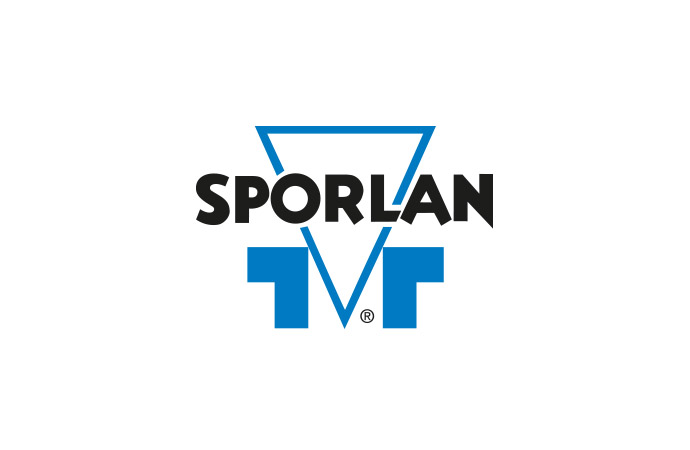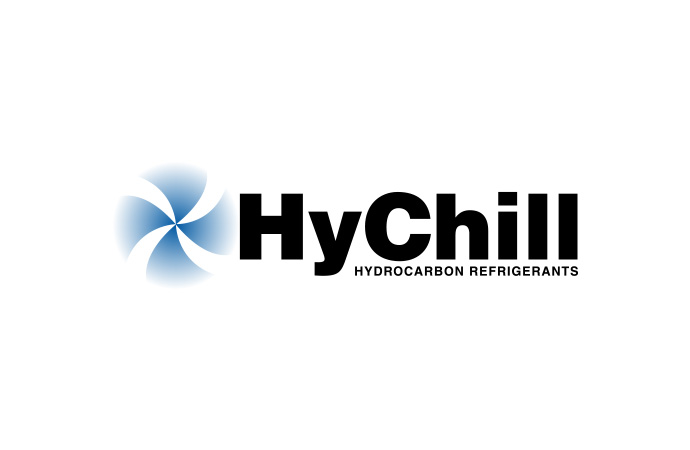UNEP launched policy and technical guides designed to help governments and industries in developing countries make informed and timely decisions about the technologies and policies needed to replace or avoid HCFCs and attain both ozone layer recovery and climate protection benefits. Among other issues, the guides offer case studies and technical guidance pertaining to hydrocarbon refrigerants.

Three guides on legislative options, refrigeration & air conditioning options and foams form part of a “tool-box” launched by UNEP and the European Commission at a media briefing yesterday in Brussels, Belgium. They are available as e-books that are accessible online through the website of UNEP and include:
“Hydrocarbons are good refrigerants with zero ODP and negligible GWP”, reads the technical guide ‘Alternatives to HCFCs in the refrigeration and Air Conditioning Sector’. It provides an overview of different hydrocarbons and includes information on the design of hydrocarbon systems.
The guide also draws upon case studies where hydrocarbons have been used. For example, the case of “Fruit Storage with hydrocarbon chillers at Nickle farm in UK” is presented, whereby a “hydrocarbon chiller was selected to minimise the direct global warming impact from the refrigerant. By using an indirect system, the primary refrigerant charge could be minimized (each circuit contained 5.5 kg). with chillers placed outside the building the risks are reduced”.
Informed and timely decisions with the guide
“The timing of [the publications] is important because the freeze of production and consumption of HCFCs is in 2 years time, when at the same time the consumption in developing countries and their economies are booming”, explained Rajendra Shende, Chief, OzonAction, UNEP Division of Technology, Industry and Economics. The guides will enable challenging targets to be met mainly by the servicing sector in these countries, as most countries are not HCFC producers.
- HCFC Policy and Legislative Options - A Guide for Developing Countries: “The dual gains for the ozone layer and climate system will be realised only if countries choose the right path, which may not be the “business as usual” technology option and which may require additional consideration by those making the decision”. This document offers National Ozone Units guidance on how to use policy and legislation as tools to quickly seize the opportunity to protect the ozone layer and the climate system
- Alternatives to HCFCs in the refrigeration and Air Conditioning Sector: Targeting national Ozone Units as its main audience, but also technicians as the secondary audience, this guide reflects the fact that there are a lot of technology developments taking place right now – it is a developing scene. It aims to avoid the need of future installations of HCFC equipment, which could be right now the cheapest solution in developing countries, to increase retrofits when possible, and encourage the uptake of new HCFC-free technologies.
- Guidance on the Process for Selecting Alternatives to HCFCs in Foams: This guide assesses the drivers, priorities and new factors to be considered by the foam sector. Encompassing a guide on how to select technologies, it offers a review of options, their strengths and weaknesses.
“Hydrocarbons are good refrigerants with zero ODP and negligible GWP”, reads the technical guide ‘Alternatives to HCFCs in the refrigeration and Air Conditioning Sector’. It provides an overview of different hydrocarbons and includes information on the design of hydrocarbon systems.
The guide also draws upon case studies where hydrocarbons have been used. For example, the case of “Fruit Storage with hydrocarbon chillers at Nickle farm in UK” is presented, whereby a “hydrocarbon chiller was selected to minimise the direct global warming impact from the refrigerant. By using an indirect system, the primary refrigerant charge could be minimized (each circuit contained 5.5 kg). with chillers placed outside the building the risks are reduced”.
Informed and timely decisions with the guide
“The timing of [the publications] is important because the freeze of production and consumption of HCFCs is in 2 years time, when at the same time the consumption in developing countries and their economies are booming”, explained Rajendra Shende, Chief, OzonAction, UNEP Division of Technology, Industry and Economics. The guides will enable challenging targets to be met mainly by the servicing sector in these countries, as most countries are not HCFC producers.
MORE INFORMATION
Related stories











